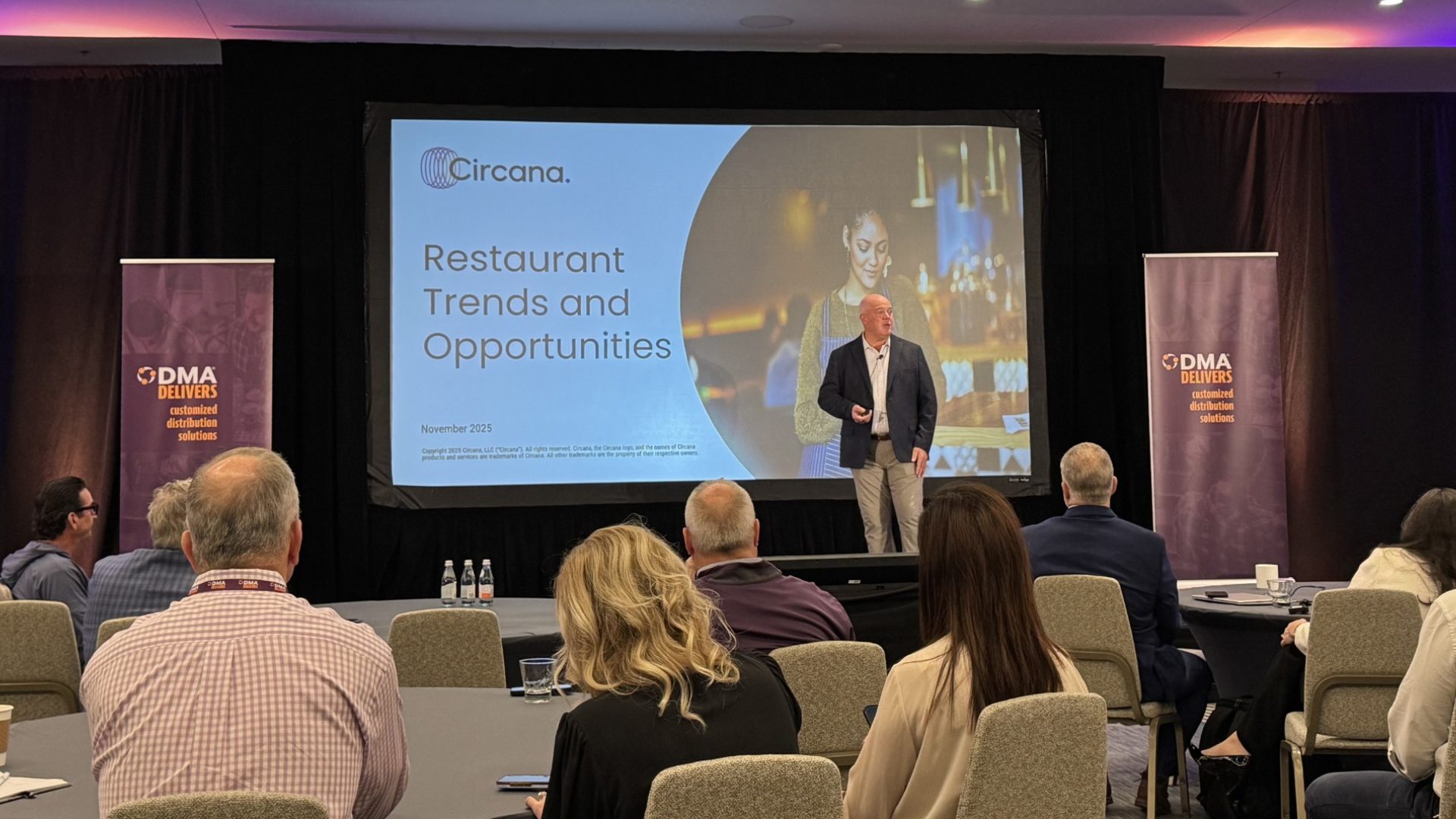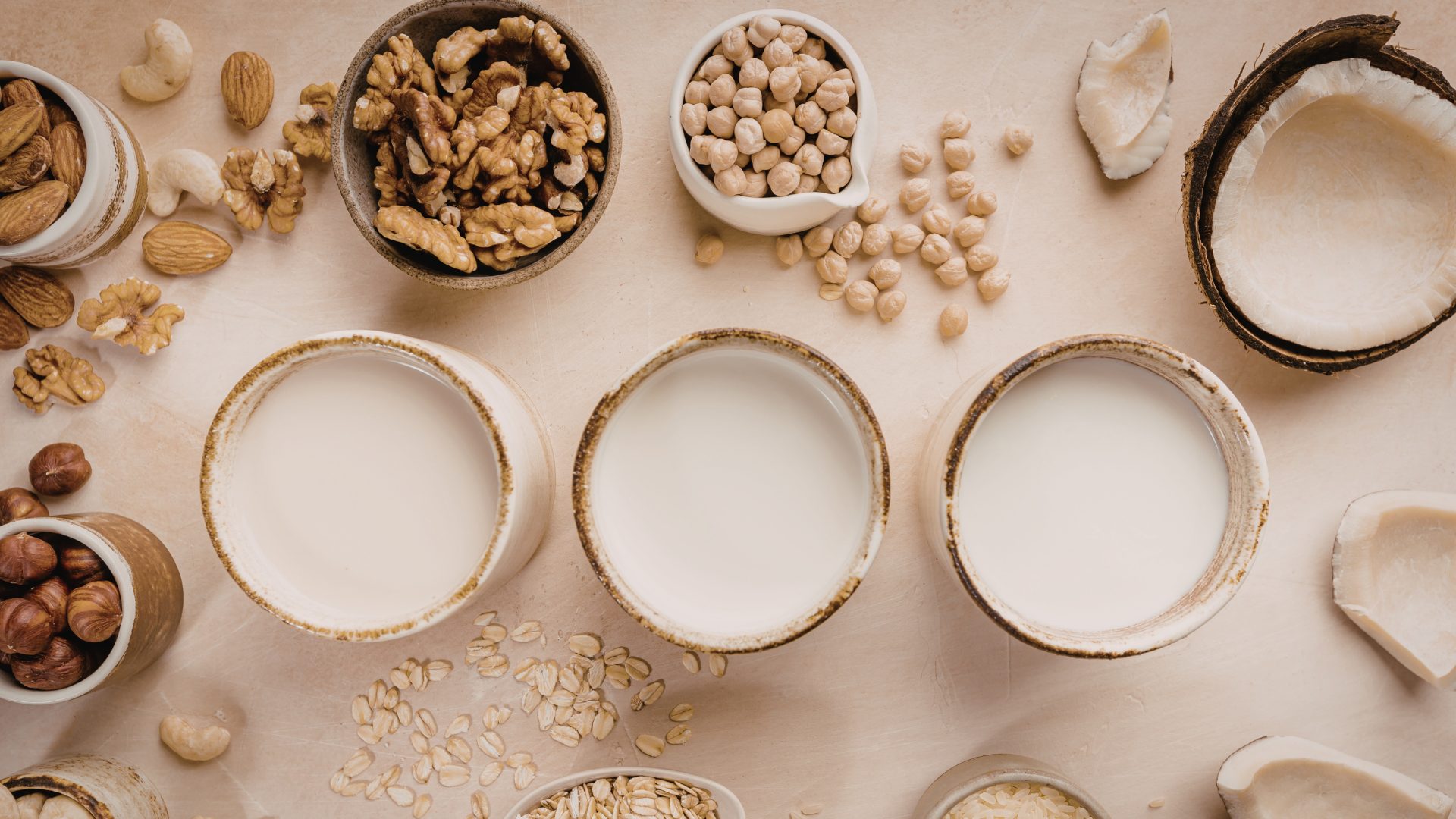Apparently, we’re all screaming for ice cream, as the ice cream market has been popping off lately.
Froneri, the owner of Haagen-Dazs’ U.S. business, announced in October that it had secured fresh financing in a deal that valued the brand at about $17.6 billion, including debt, according to sources.
The investment came as the spinoff of the Magnum Ice Cream Company, Unilever’s ice cream business that also includes the Ben & Jerry’s and Cornetto ice cream brands, approaches on November 10, provided it is approved by shareholders.
In addition, Jeni’s Splendid Ice Creams recently revealed the expansion of its Fellowship Model through franchising for the first time – an effort that intends to “allow the brand to intentionally continue its growth” and “plant roots in new communities across the country.”
“The frozen aerated dessert industry is a forever growing opportunity,” said Dr. Maya Warren, AKA the “Ice Cream Scientist” with a PhD in Food Science specializing in the microstructure, sensorial, and behavioral properties of frozen aerated desserts.
Let’s take a closer look at a few of these opportunities in the ice cream category.
Better for You, Better for the Planet
“In order to continue to provide products for the ever-changing consumer, I believe we will continue to see growth in the better-for-you space with high protein, low fat, and low calories, yet indulgent. That might sound counterintuitive, but with the art and science of ice cream, it can be done and done deliciously,” Warren told FI.
Case in point, the Magnum Ice Cream Company announced in late September that it will leverage NotCo AI to “look at the calories in ice cream, make new plant-based products, and help manage rising commodity costs,” said Zbigniew Lewicki, Magnum’s chief research, design, and innovation officer, in a statement.
According to NotCo CEO Matias Muchnick, many major food makers have used the company’s AI tools in the last few years to more swiftly respond to price spikes in raw ingredients such as cocoa, as well as shifting consumer tastes inspired by the Make America Healthy Again movement – whether that’s lowering the sugar content or finding substitutes for artificial food colorants.
Brands are also launching ice cream varieties that are better for the planet.
Alec’s Ice Cream, which is reportedly the first and only A2 regenerative organic ice cream brand, recently announced the successful closing of its $11 million Series A funding round, which will support its mission to “assist farmers in building regenerative supply chains and accelerate growth through innovation, marketing, and team expansion – paving the way for a more sustainable food future,” according to a press release.
Better Ice Cream Texture
In addition to nutritional innovations, ice cream brands are also working to improve the texture of their frozen treats.
“Texture is another space where we will continue to see elements of growth and fascination. As consumers, we absolutely love texture, especially the contrast of texture and ice cream provides so many opportunities for this,” Warren said
Edmund McCormick, the CEO of Cape Crystal Brands, told FI that he believes texture has become “the latest battlefield in premiumization,” noting that “the smoothest bite today is not about dairy fat, but molecular precision.”
McCormick believes that the future of the frozen aisle will be “utilitarian, sustainable, and fundamentally sensual.”
This prediction coincides with one of Mintel’s global food and drink trends for 2026: “intentionally sensory.”
“Multisensory food and drink formulations will mature from whimsical novelties to more practical and purposeful formulations that provide memorable experiences while also answering the specific sensory needs of underserved consumers,” reads the report.
Ice Cream Flavor Innovations
Beyond textural improvements, companies are also investing in next-level flavor innovations to sharpen their competitive edge within the increasingly crowded segment.
“Small ice cream businesses and restaurants will also continue to push the envelope of what we actually think of when we call something ice cream. Wait, is that KETCHUP ICE CREAM?! With small batch processing, chefs and ice cream makers can really have a field day,” Warren told FI.
Warren also expects that the demand for international flavors will continue to penetrate the frozen aerated dessert market.
“As the world gets larger, but smaller at the same time, access to flavors thousands of miles away will continue to be available at the scoop shop around the corner. Curiosity for these flavors will continue to grow as well,” Warren said.
Food for Thought Leadership
Is the future of flavor increasingly borderless? Valda Coryat, vice president of marketing for condiments and sauces at McCormick, reveals how curiosity powers McCormick’s flavor foresight, why segmentation by “flavor personality” matters, and how flavors are becoming more culturally driven.











